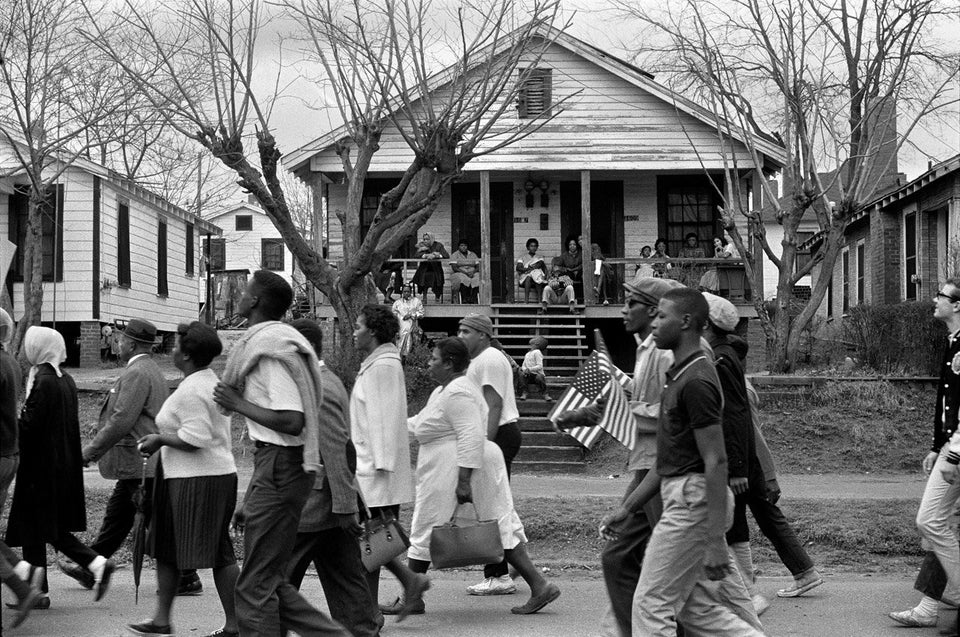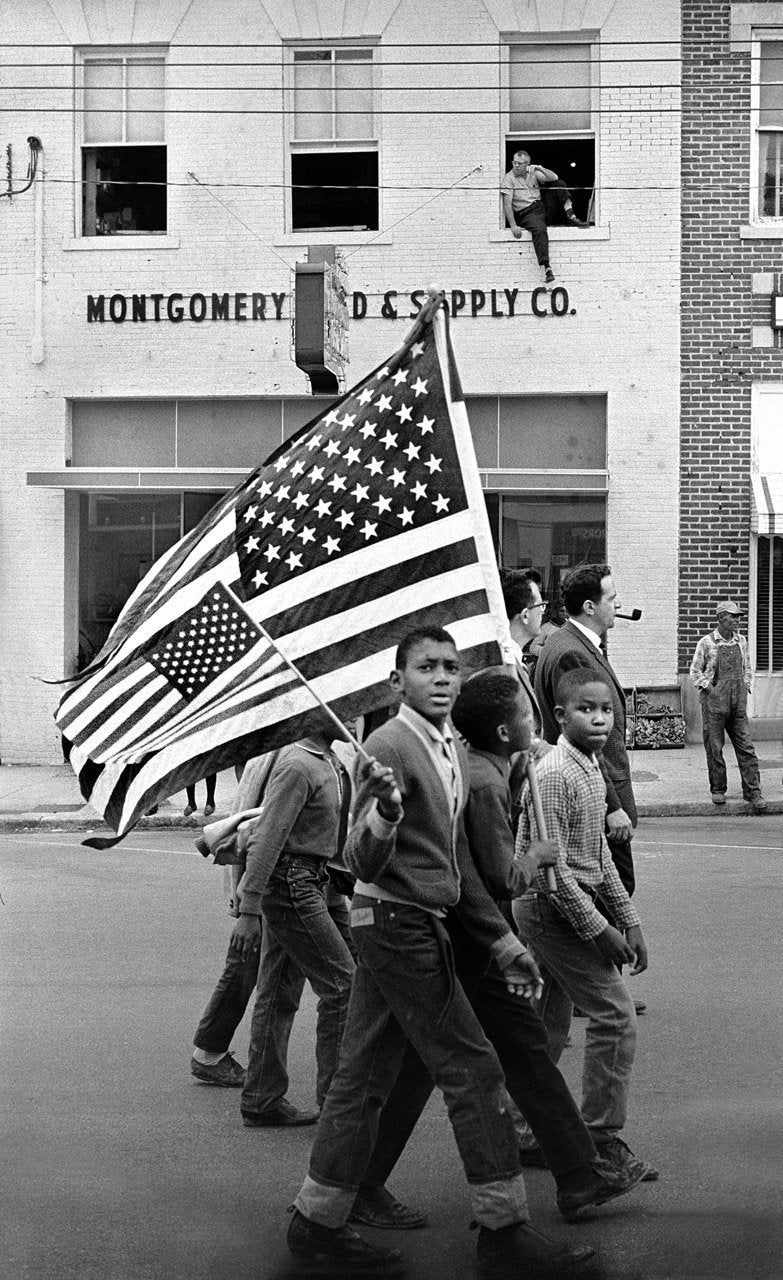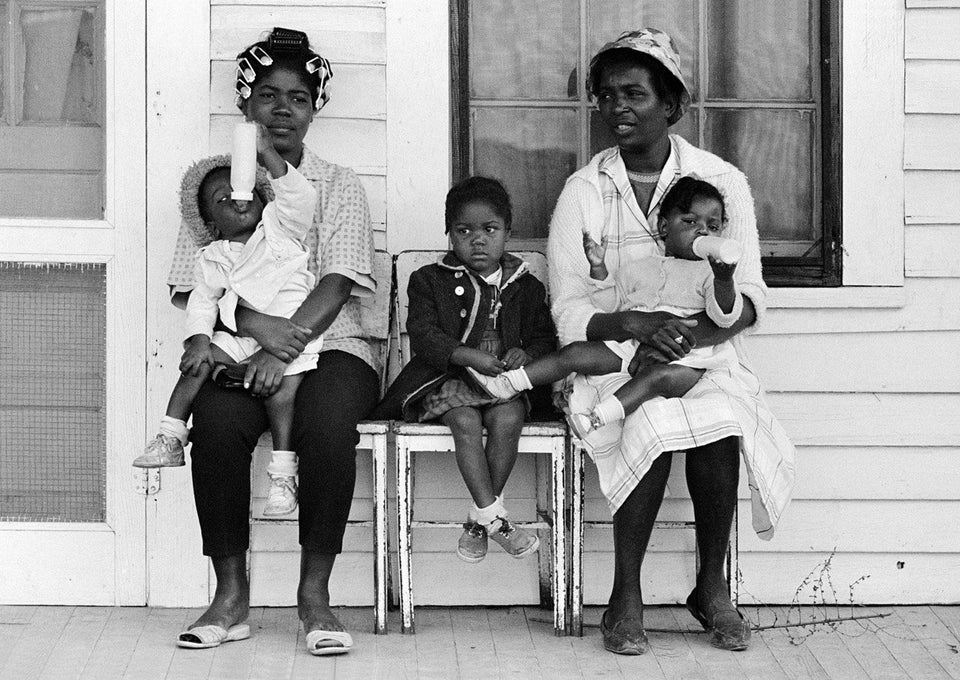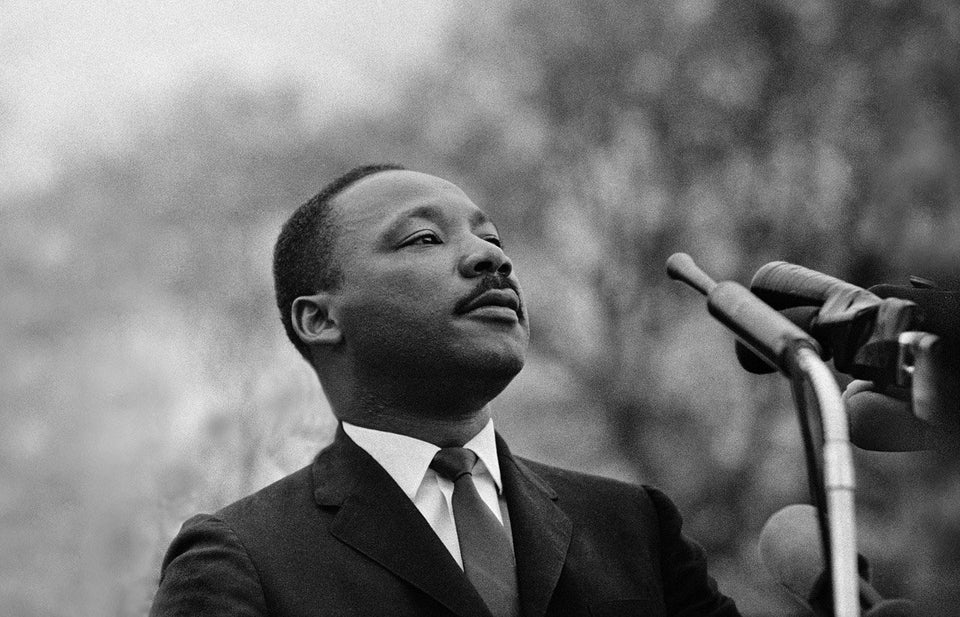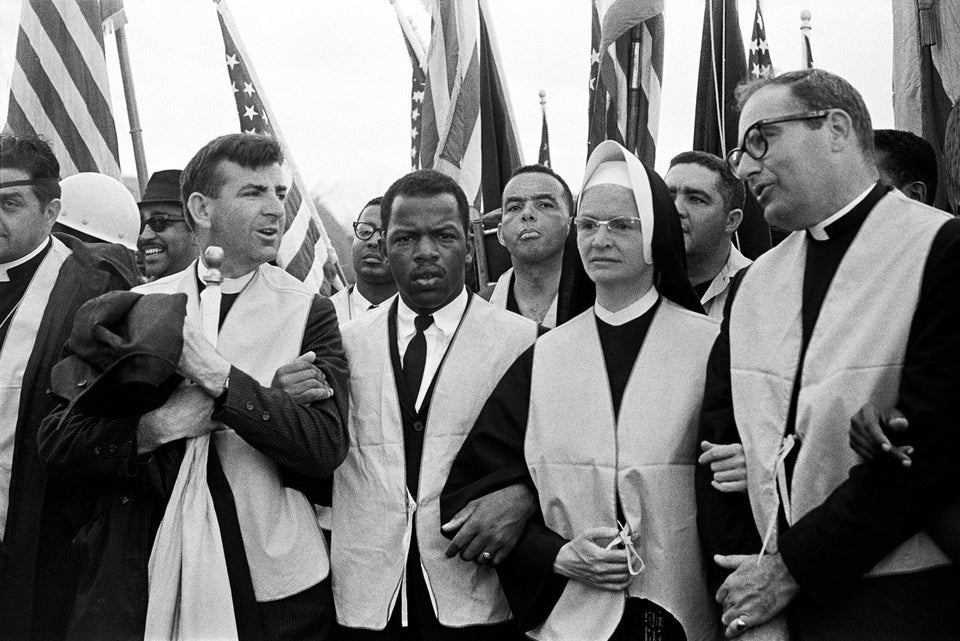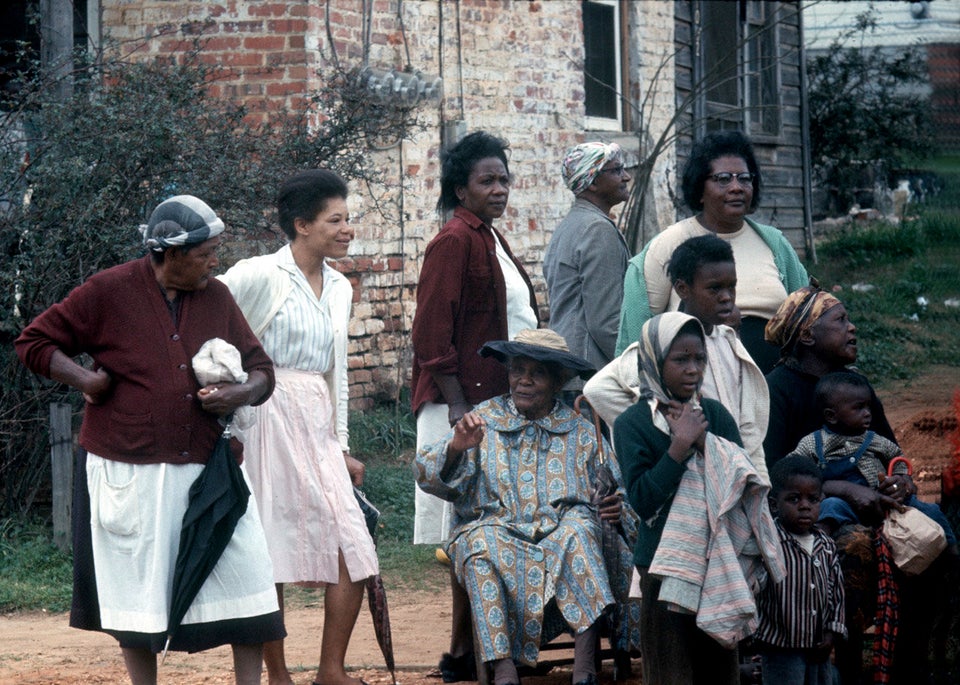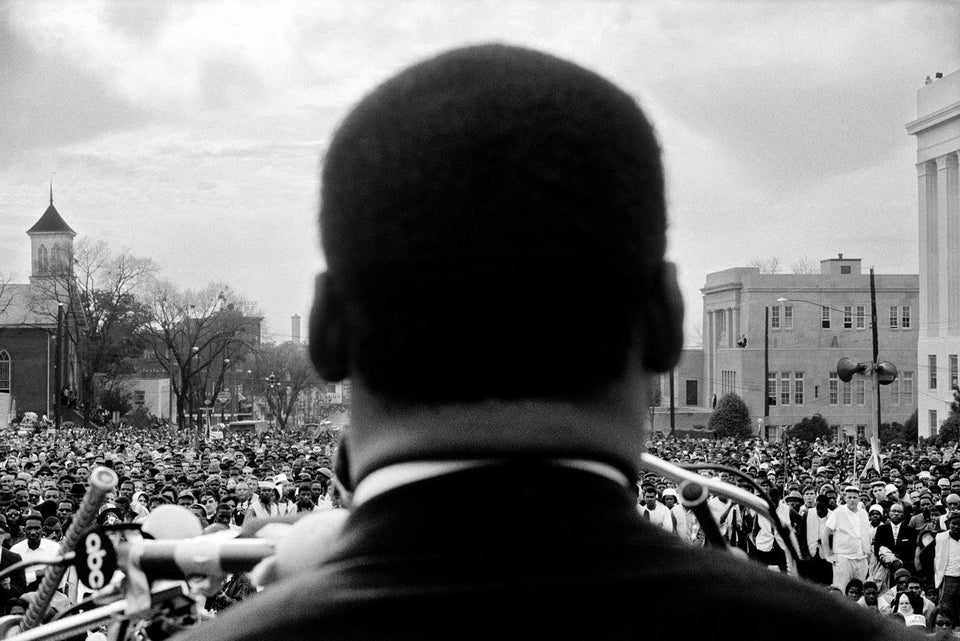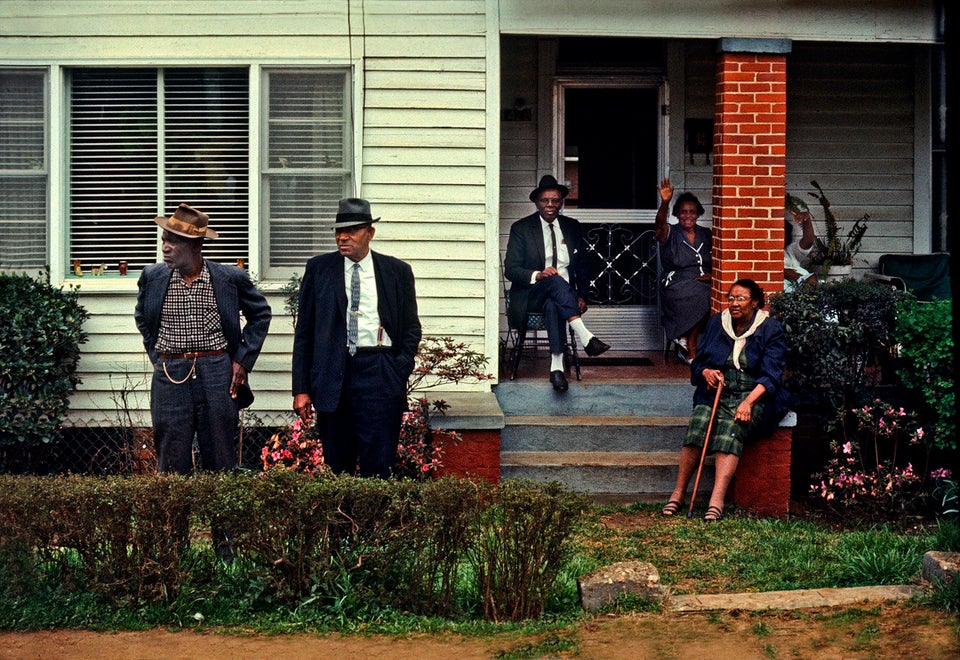Having grown up in Selma, Ala., in the '50s and '60s, friends Ethel Carrington Archibald and Shirley Morris Robertson know firsthand what it was like to be African-American women in the South during the Civil Rights Movement. Not only did the two experience the racism, intimidation and violence that found its way into their community, but they also participated as 19-year-olds in Selma's peaceful protests in the fight for voting rights -- including one particular demonstration that got them arrested alongside Dr. Martin Luther King, Jr.
Reflecting on the 50-year anniversary of the historic Selma-to-Montgomery marches organized by Dr. King, both Archibald and Robertson explain that it's one thing to talk about the often-violent events of the past; it's another thing to have lived it.
"My baby sister was in the neighborhood the day they came running through the neighborhood with the horses and beating people," Archibald says. "Some of the things that they're talking about [now], you know, our families experienced."
"We lived it," Robertson adds. "We lived it every day -- the cross-burning, the Ku Klux Klan..."
"...Them riding through the night with their hoods on," Archibald says. "We saw that firsthand."
Back then in 1965, it was difficult for Selma residents to truly feel safe. Following the brutal violence of Bloody Sunday, the clash between protesters and local police in Selma, President Lyndon B. Johnson declared martial law in the area and the Alabama National Guard descended upon Selma. Even then, there was a blurred line between protectors and predators, according to Archibald.
At that time, the National Guard had set up barricades around the neighborhoods, and Archibald, a college student at Selma University, had to walk past a checkpoint to attend class. That's when she experienced a particularly disturbing incident with one of the supposed protectors.
"I was 19 years old and going [as] a girl alone, trying to get out of the neighborhood at one of the checkpoints," Archibald recalls. "I was solicited by one of the guardsmen."
Immediately, fear set in and Archibald felt trapped. "He was like a predator... a wolf to guard the hen house," she says. "That did not feel like I was being protected. I was being preyed upon."
Luckily, Archibald was able to escape safely before the harassment progressed.
"I saw an out, with just enough room between the bumper-to-bumper cars. There was an opening," she says. "I slid through that."
Other residents of Selma have their own accounts of what it was like living in Selma during that part of history. Hear more personal stories from Selma residents here.
Related
Before You Go
